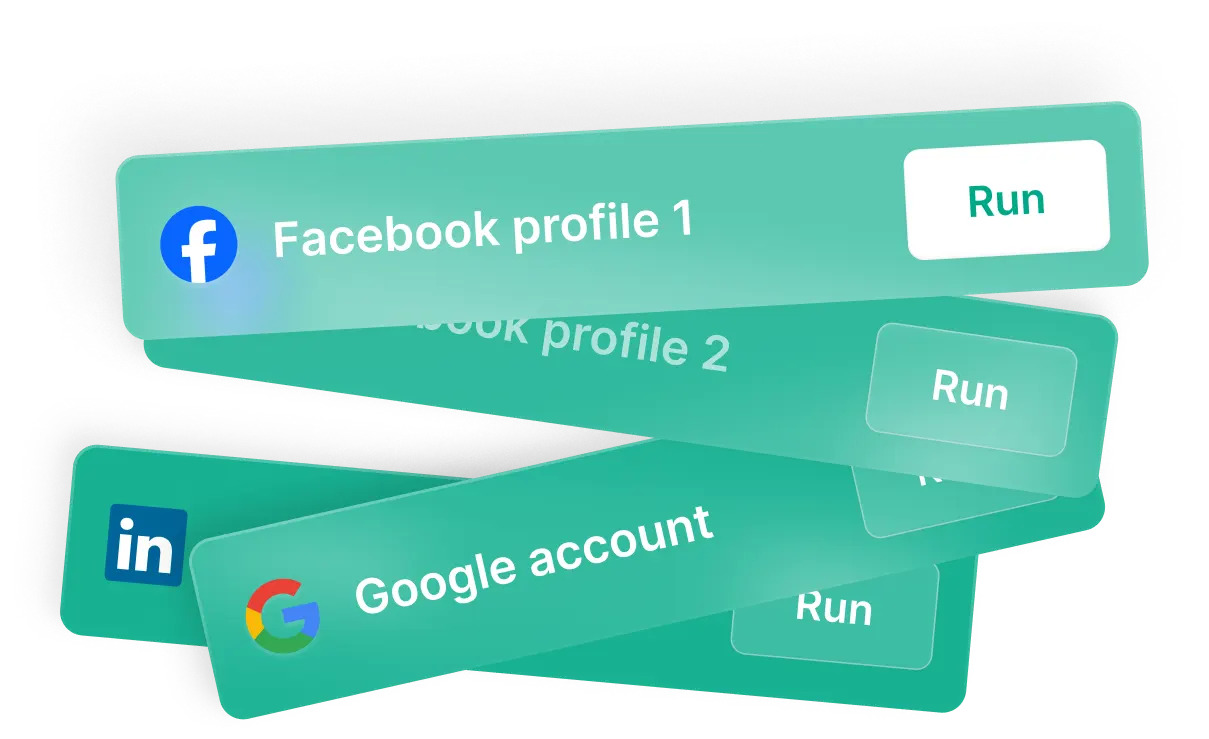A Uniform Resource Locator (URL) serves as a reference or address used to access resources on the internet. It is a fundamental concept in web development and networking, acting as a way to locate files, webpages, images, and other resources on the World Wide Web. The URL specifies the location of a resource as well as the protocol used to retrieve it.
Components of a Uniform Resource Locator (URL)
A URL typically consists of several key components, each serving a specific function:
- Protocol: Indicates the method used to access the resource. Common protocols include HTTP, HTTPS, FTP, and mailto.
- Example: `https://`
- Host/Domain Name: Specifies the server where the resource is located. This can be a domain name like `www.example.com` or an IP address.
- Example: `www.example.com`
- Port: Optional component specifying the port number to connect to on the server. The default ports are 80 for HTTP and 443 for HTTPS.
- Example: `:443`
- Path: Identifies the specific resource within the host that the client wants to access. This is often the file path on the server.
- Example: `/path/to/resource`
- Query String: Contains data to be sent to the server, typically used in web forms. It follows a question mark (?) and includes key-value pairs separated by ampersands (&).
- Example: `?key1=value1&key2=value2`
- Fragment: Refers to a specific section within a resource, usually indicated by a hash (#).
- Example: `#section1`
Importance of Uniform Resource Locator (URL)
URLs play a crucial role in web navigation and resource identification. Here are some reasons why they are essential:
- Resource Identification: URLs uniquely identify and locate resources on the internet, making it easy for users and applications to access them.
- Hyperlinking: URLs enable the creation of hyperlinks, allowing users to navigate between different webpages and websites seamlessly.
- Data Transmission: URLs facilitate the transfer of data between clients and servers, supporting web communication and functionality.
Practical Uses
- Web Browsing: Users enter URLs into web browsers to access websites and resources.
- API Requests: Applications use URLs to make requests to web APIs, retrieving or sending data.
- File Transfers: URLs specify locations for file downloads and uploads using protocols like FTP.
Conclusion
In summary, a Uniform Resource Locator (URL) is an essential element of the internet infrastructure, providing a means to locate and access various resources online. It comprises several components, each playing a specific role in identifying and retrieving the desired resource. By understanding URLs, users and developers can effectively navigate and utilize the vast array of resources available on the web.
